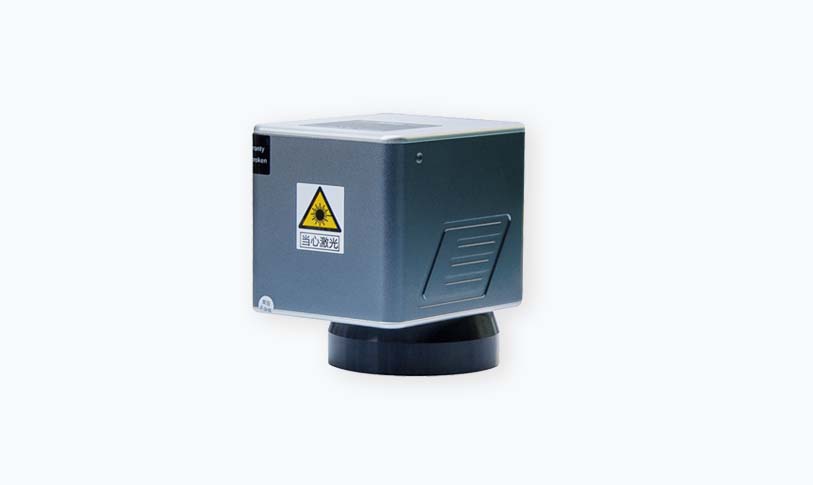****
In the ever-evolving landscape of manufacturing and engineering, the need for precision, efficiency, and innovation cannot be overstated. As industries worldwide strive to enhance their production capabilities, laser technology has emerged as a key player. The integration of laser welding software into manufacturing processes is revolutionizing the way products are designed, created, and assembled. This article delves into the significance of laser welding software, exploring its functions, benefits, and the transformative effect it has on modern manufacturing.
**Understanding Laser Welding Software**

Revolutionizing Manufacturing: The Impact of Laser Welding Software on Precision Engineering and Automated Production Processes
Laser welding software is a specialized application designed to facilitate the planning, execution, and analysis of laser welding operations. This software plays a pivotal role in optimizing the welding process, allowing operators to manage parameters such as laser intensity, speed, and focus with unparalleled precision. As manufacturers adopt automation in their production lines, laser welding software becomes essential in achieving consistent quality and productivity.
The software typically features interfaces that enable engineers and technicians to simulate and visualize the welding process before it takes place. This capability is crucial because it allows teams to identify potential issues, optimize settings, and minimize waste beforehand. Furthermore, advanced laser welding software can integrate with other manufacturing systems, such as Computer-Aided Design (CAD) and enterprise resource planning (ERP) platforms, seamlessly blending various stages of production into a cohesive workflow.
**Enhancing Precision and Quality**
One of the most significant advantages of laser welding software is the enhanced precision it provides. Traditional welding methods can introduce defects, such as improper penetration, excessive heat input, and distortion. Laser welding, on the other hand, produces narrow and high-energy beams capable of penetrating materials with exceptional control. By utilizing sophisticated software to manage welding parameters accurately, manufacturers can minimize these defects, ensuring that every weld meets stringent quality standards.
Moreover, laser welding software aids in real-time monitoring of the welding process. With the ability to provide feedback on temperature, speed, and other critical variables, operators can make immediate adjustments, mitigating the risk of defects before they escalate into costly errors.

Revolutionizing Manufacturing: The Impact of Laser Welding Software on Precision Engineering and Automated Production Processes
**Increasing Efficiency and Reducing Costs**
The integration of laser welding software not only improves the quality of outputs but also significantly enhances the efficiency of production processes. Automated systems powered by this software can work at a constant pace without fatigue, resulting in a dramatic increase in throughput. For instance, the ability to automate repetitive tasks mitigates the potential for human error, allowing workers to focus on more complex functions that require skills and creativity.
From a financial perspective, enhanced efficiency translates to reduced operational costs. By minimizing material waste with precise welding controls and improving throughput, manufacturers can save on both raw materials and labor expenses. Additionally, fewer defects mean lower rework rates and less downtime, further contributing to a healthier bottom line.
**Facilitating Innovation and Flexibility**
As businesses strive to stay competitive, the ability to innovate is crucial. Laser welding software encourages creative solutions in product design and construction. The software’s flexibility enables engineers to easily adjust parameters for different materials or product configurations quickly. This adaptability is especially beneficial in industries requiring custom solutions, such as aerospace, automotive, and medical device manufacturing.
Additionally, with the integration of artificial intelligence and machine learning features into some advanced laser welding software, manufacturers can further push the boundaries of creativity. These systems can learn from past welding performances, optimizing processes over time based on data and trends, thereby improving outcomes consistently.

Revolutionizing Manufacturing: The Impact of Laser Welding Software on Precision Engineering and Automated Production Processes
**Conclusion**
The advent of laser welding software marks a significant technological advancement in manufacturing and engineering. With its ability to enhance precision and quality, increase efficiency, reduce costs, and facilitate innovation, it is a vital tool that modern manufacturers cannot afford to overlook. As industries continue to embrace automation and strive for sustainability, laser welding software will remain at the forefront of this transformation, ultimately playing a crucial role in shaping the future of production processes. As this technology evolves, the potential for its applications will only expand, paving the way for even more impressive advancements in precision engineering and manufacturing.150w laser



